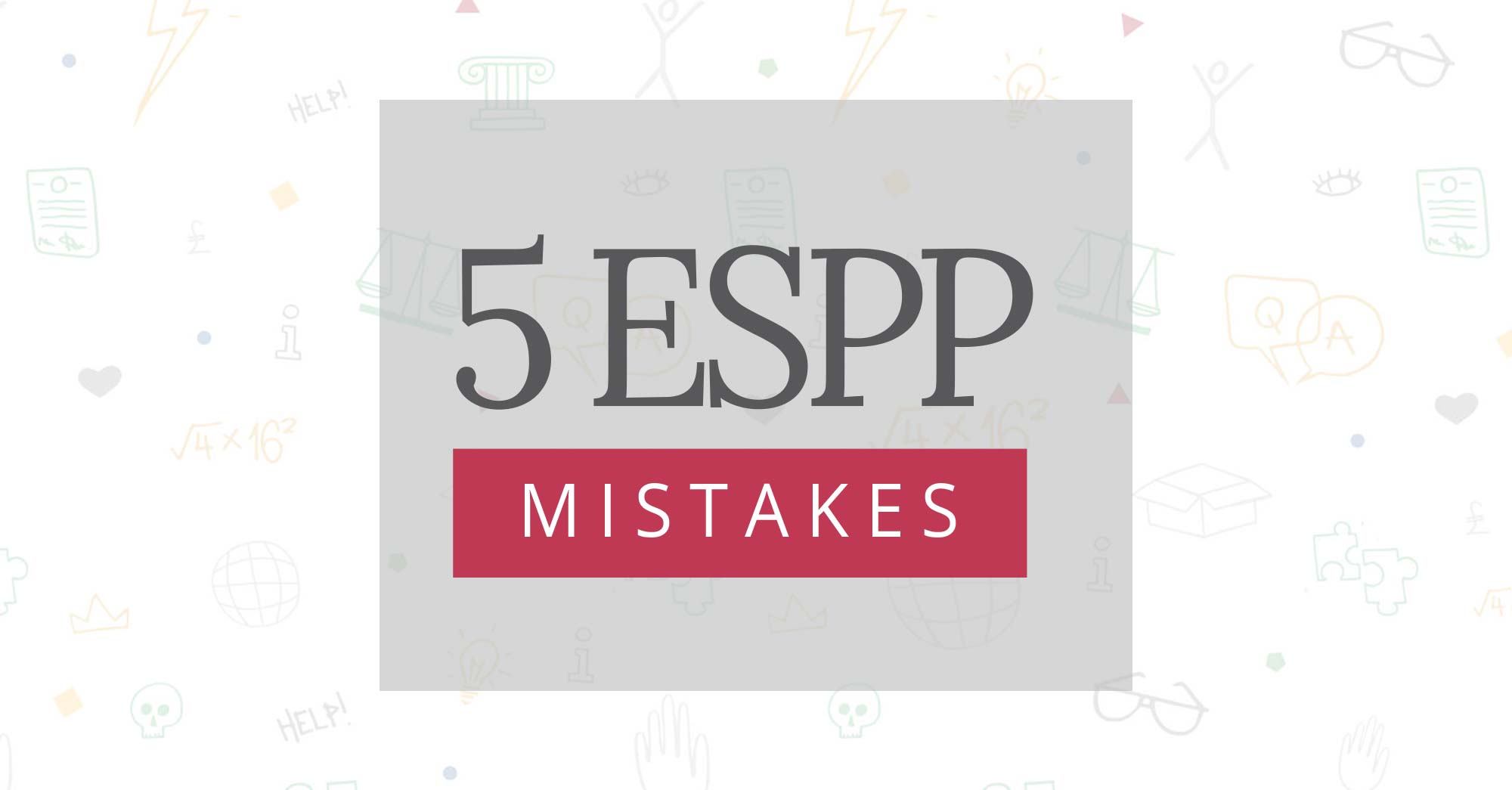You’ve done your research and have decided that an Employee Stock Purchase Plan (ESPP) is the right fit for your company. Trial and error isn’t the best way to design and operate a robust ESPP that meets your goal of attracting and retaining your employees, however. You need to plan, plan and plan your plan. The following is our guide to the mistakes you should avoid at all costs to ensure that your ESPP is a success from the beginning.
1. Not Knowing Your Audience
Demographics, and understanding the impact that they have on how ESPPs are viewed and engaged with by a multi-generational workforce are central to delivering a healthy plan.
A younger workforce may have less disposable income and might not see the long-term financial benefits associated with ESPPs. An older workforce may have different priorities as they look towards retirement.
If you’re a start-up and the valuation of your company is at the base of the ladder, offering an ESPP is perhaps not the right type of plan. However, if you are an established company then it’s very easy for employees to visualize the potential returns.
2. Not Doing Your Homework
It’s important to have considered the success metrics of your ESPP. Are high levels of participation company-wide important to you, or is it something that you see as an additional benefit for more senior employees?
When you have an understanding of what a successful ESPP should look like, it’s important that the plan is designed around those yardsticks.
If you’re looking to retain senior members of your team, an unqualified ESPP will allow you to offer matching shares, and remove the annual employee financial contribution limit that is associated with qualified ESPPs.
3. Not Communicating Adequately
Designing a plan that is fit for purpose is important, but communication to plan participants in the lead-up to the introduction of your ESPP is imperative.
Work closely with your HR team to figure out the best way to communicate the who, the why and the what of your plan. Make it as digestible as possible, and use communication channels that will engage employees. Remember that employees learn and digest information in different ways, so make sure that your communication channels are varied to take this into account.
4. Getting Tax and Compliance Wrong
There’s no point in sugar-coating it: tax and compliance issues can become very complicated, and it’s a very specialized area.
Interstate employees, global mobility and state tax laws all need to be understood and accounted for before you roll out your plan. In America, qualified ESPPs tend to more favorably viewed by employees as the tax liabilities are reduced when they purchase their shares.
If you have a global workforce, the rules and regulations vary widely from country to country; this might make an ESPP not viable from a financial point of view for those employees.
Failing to understand the impact that these issues can bring about could fatally undermine your ESPP, so make sure that you have a complete grasp of this area.
5. Depending on One Person or Department
Finally, it’s important to understand that whilst there are many benefits to operating an ESPP, no one person can take complete and total oversight of the administration of your plan.
Operating a successful ESPP requires company-wide buy-in. Make sure that all departments and key individuals – Payroll, HR and Marketing etc, are aligned and they know exactly what their tasks are in the maintenance of your employee share plan.
Whilst it’s important to have a champion, company-wide nurturing and engagement in the day-to-day operation of your plan are fundamental to the long-lasting success of your ESPP.
To read more about ESPPs and how we can work with you, please click here.
Request a free demo
If you’d like to see for yourself how the Global Shares stock plan administration software can help your company, book a one-on-one, no-obligation consultation today and we’ll demonstrate our award-winning software.
Please Note: This publication contains general information only and Global Shares is not, through this article, issuing any advice, be it legal, financial, tax-related, business-related, professional or other. The Global Shares Academy is not a substitute for professional advice and should not be used as such. Global Shares does not assume any liability for reliance on the information provided herein.








